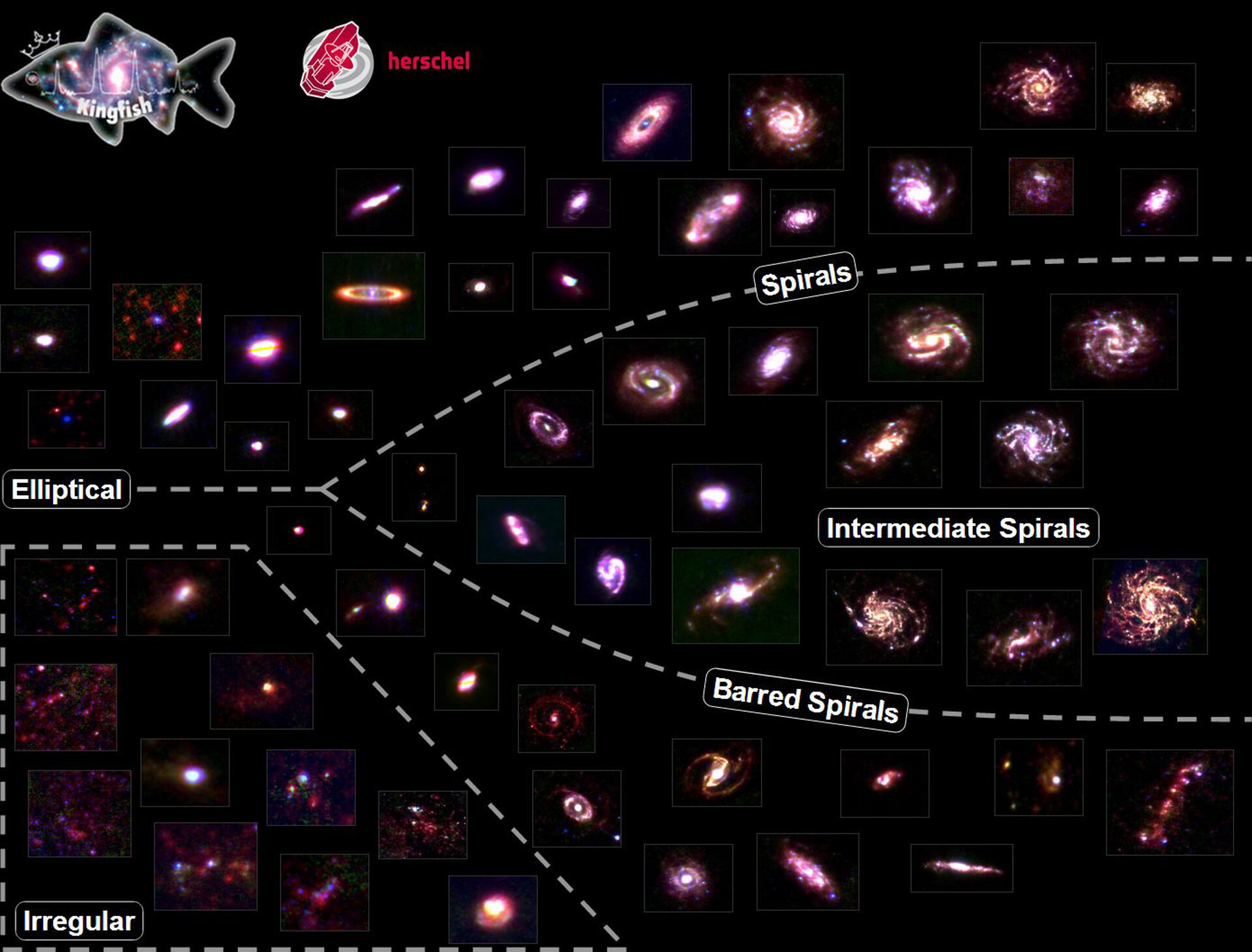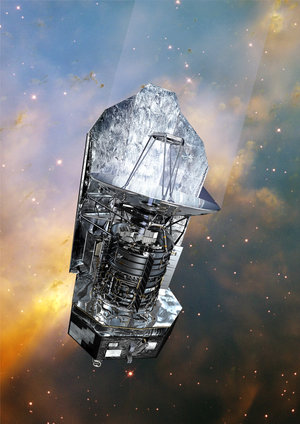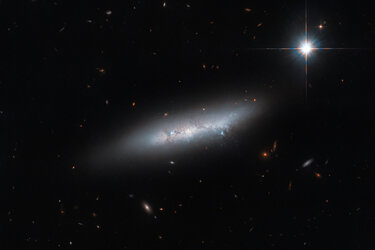Accept all cookies Accept only essential cookies See our Cookie Notice

About ESA
The European Space Agency (ESA) is Europe’s gateway to space. Its mission is to shape the development of Europe’s space capability and ensure that investment in space continues to deliver benefits to the citizens of Europe and the world.
Highlights
ESA - United space in Europe
This is ESA ESA facts Member States & Cooperating States Funding Director General Top management For Member State Delegations European vision European Space Policy ESA & EU Space Councils Responsibility & Sustainability Annual Report Calendar of meetings Corporate newsEstablishments & sites
ESA Headquarters ESA ESTEC ESA ESOC ESA ESRIN ESA EAC ESA ESAC Europe's Spaceport ESA ESEC ESA ECSAT Brussels Office Washington OfficeWorking with ESA
Business with ESA ESA Commercialisation Gateway Law at ESA Careers Cyber resilience at ESA IT at ESA Newsroom Partnerships Merchandising Licence Education Open Space Innovation Platform Integrity and Reporting Administrative Tribunal Health and SafetyMore about ESA
History ESA Historical Archives Exhibitions Publications Art & Culture ESA Merchandise Kids Diversity ESA Brand Centre ESA ChampionsLatest
Space in Member States
Find out more about space activities in our 23 Member States, and understand how ESA works together with their national agencies, institutions and organisations.
Science & Exploration
Exploring our Solar System and unlocking the secrets of the Universe
Go to topicAstronauts
Missions
Juice Euclid Webb Solar Orbiter BepiColombo Gaia ExoMars Cheops Exoplanet missions More missionsActivities
International Space Station Orion service module Gateway Concordia Caves & Pangaea BenefitsLatest
Space Safety
Protecting life and infrastructure on Earth and in orbit
Go to topicAsteroids
Asteroids and Planetary Defence Asteroid danger explained Flyeye telescope: asteroid detection Hera mission: asteroid deflection Near-Earth Object Coordination CentreSpace junk
About space debris Space debris by the numbers Space Environment Report In space refuelling, refurbishing and removingSafety from space
Clean Space ecodesign Zero Debris Technologies Space for Earth Supporting Sustainable DevelopmentApplications
Using space to benefit citizens and meet future challenges on Earth
Go to topicObserving the Earth
Observing the Earth Future EO Copernicus Meteorology Space for our climate Satellite missionsCommercialisation
ESA Commercialisation Gateway Open Space Innovation Platform Business Incubation ESA Space SolutionsLatest
Enabling & Support
Making space accessible and developing the technologies for the future
Go to topicBuilding missions
Space Engineering and Technology Test centre Laboratories Concurrent Design Facility Preparing for the future Shaping the Future Discovery and Preparation Advanced Concepts TeamSpace transportation
Space Transportation Ariane Vega Space Rider Future space transportation Boost! Europe's Spaceport Launches from Europe's Spaceport from 2012Latest

Interactive Hubble Tuning Fork
Thank you for liking
You have already liked this page, you can only like it once!
Launched in May 2009, the European Space Agency's Herschel Space Observatory carries a 3.5 m diameter primary mirror, the largest single mirror ever sent to space and covers the entire range from far-infrared to submillimetre wavelengths. Herschel is currently mapping the invisible dusty and cold regions of the Universe, both near and far, with unprecedented sensitivity and resolution, revealing the star formation hidden in dusty cocoons.
KINGFISH (Key Insights on Nearby Galaxies: A Far-Infrared Survey with Herschel) is a survey of 61 galaxies located from 10 to 100 million light-years from us and chosen to be a representative sample of the nearby Universe.
This image displays the KINGFISH galaxies arranged in a Hubble tuning-fork diagram. This classification scheme invented by Edwin Hubble sorts galaxies based on their optical morphology (ellipticals, barred or non-barred spirals with various arm-structures, irregulars).
Each individual image is a three-color composition of the sample showing 1) in blue the MIPS 24um observation from the Spitzer telescope tracing the warm dust heated by young stars in regions where stars are formed 2) in green the Herschel/PACS 100um observation tracing the cool dust (peak of the dust emission in the infrared) and 3) in red the Herschel/SPIRE 250um observation tracing the coldest phases of the dust.
Access the Interactive Hubble Tuning Fork at http://herschel.cf.ac.uk/kingfish
-
CREDIT
C. North, M. Galametz & the Kingfish Team -
LICENCE
ESA Standard Licence

At the centre of the tuning fork

Herschel

The tumultuous heart of the Large Magellanic Cloud

“Late-type” galaxy?















 Germany
Germany
 Austria
Austria
 Belgium
Belgium
 Denmark
Denmark
 Spain
Spain
 Estonia
Estonia
 Finland
Finland
 France
France
 Greece
Greece
 Hungary
Hungary
 Ireland
Ireland
 Italy
Italy
 Luxembourg
Luxembourg
 Norway
Norway
 The Netherlands
The Netherlands
 Poland
Poland
 Portugal
Portugal
 Czechia
Czechia
 Romania
Romania
 United Kingdom
United Kingdom
 Slovenia
Slovenia
 Sweden
Sweden
 Switzerland
Switzerland

























